General Description
Features
AR8035 Functional Block Diagram
Revision History
Table of Contents
1. Pin Descriptions
2. Functional Description
2.1 Transmit Functions
2.2 Receive Functions
2.2.1 Decoder Modes
2.2.2 Analog to Digital Converter
2.2.3 Echo Canceller
2.2.4 NEXT Canceller
2.2.5 Baseline Wander Canceller
2.2.6 Digital Adaptive Equalizer
2.2.7 Auto-Negotiation
2.2.8 Smartspeed Function
2.2.9 Automatic MDI/MDIX Crossover
2.2.10 Polarity Correction
2.3 Loopback Modes
2.3.1 Digital Loopback
2.3.2 External Cable Loopback
2.3.3 Remote PHY Loopback
2.4 Cable Diagnostic Test
2.5 LED Interface
2.6 Power Supplies
2.7 Management Interface
2.8 Atheros Green Ethos®
2.8.1 Low Power Modes
2.8.2 Shorter Cable Power Mode
2.8.3 Hibernation Mode
2.9 IEEE 802.3az and Energy Efficient Ethernet
2.9.1 IEEE 802.3az LPI Mode
2.10 Atheros SmartEEE
2.11 Wake On LAN (WoL)
3. Electrical Characteristics
3.1 Absolute Maximum Ratings
3.2 Recommended Operating Conditions
3.3 RGMII Characteristics
3.4 MDIO Characteristics
3.5 XTAL/OSC Characteristics
3.6 Power Pin Consumption
3.7 Typical Power Consumption Parameters
3.8 Power-on Sequence, Reset and Clock
3.8.1 Power-on Sequence
3.8.2 Reset and Clock Timing
4. Register Descriptions
4.1 Register Summary
4.1.1 Control
4.1.2 Status
4.1.3 PHY Identifier [18:3]
4.1.4 PHY Identifier [19:24]
4.1.5 Auto-Negotiation Advertisement
4.1.6 Link Partner Ability (Base Page)
4.1.7 Auto-Negotiation Expansion
4.1.8 Next Page Transmit
4.1.9 Link Partner Next Page
4.1.10 1000 BASE-T Control
4.1.11 1000 BASE-T Status
4.1.12 MMD Access Address Register
4.1.13 MMD Access Control Register
4.1.14 Extended Status
4.1.15 Function Control
4.1.16 PHY-Specific Status
4.1.17 Interrupt Enable
4.1.18 Interrupt Status
4.1.19 Smart Speed
4.1.20 Cable Diagnostic Tester Control
4.1.21 LED Control
4.1.22 Cable Defect Tester Status
4.1.23 Debug Port Address Offset
4.1.24 Debug Port Data
4.2 Debug Register Descriptions
4.2.1 RGMII RX Clock Delay Control
4.2.2 RGMII TX Clock Delay Control
4.2.3 Hibernation Control and RGMII GTX Clock Delay Register
4.2.4 100BASE-TX Test Mode Select
4.2.5 1000BT external loopback configure
4.2.6 Rgmii_mode; Test configuration for 10BT
4.2.7 MMD3 (MDIO Manageable Device Address 3 for PCS)
4.2.8 MMD7 (MDIO Manageable Device Address 7 for Auto-Negotiation)
4.3 MDIO Interface Register
4.3.1 PCS Control 1
4.3.2 PCS Status 1
4.3.3 EEE Capability
4.3.4 EEE Wake Error Counter
4.3.5 Wake-on-Lan loc_mac_addr_o
4.3.6 Wake-on-Lan loc_mac_addr_o
4.3.7 Wake-on-Lan loc_mac_addr_o
4.3.8 Rem_phy_lpkb
4.3.9 Smart_eee control1
4.3.10 Smart_eee control2
4.3.11 Smart_eee control3
4.3.12 AN status
4.3.13 AN XNP transmit1
4.3.14 AN XNP transmit2
4.3.15 EEE advertisement
4.3.16 EEE LP advertisement
5. Package Dimensions
6. Ordering Information
7. Top-side Marking

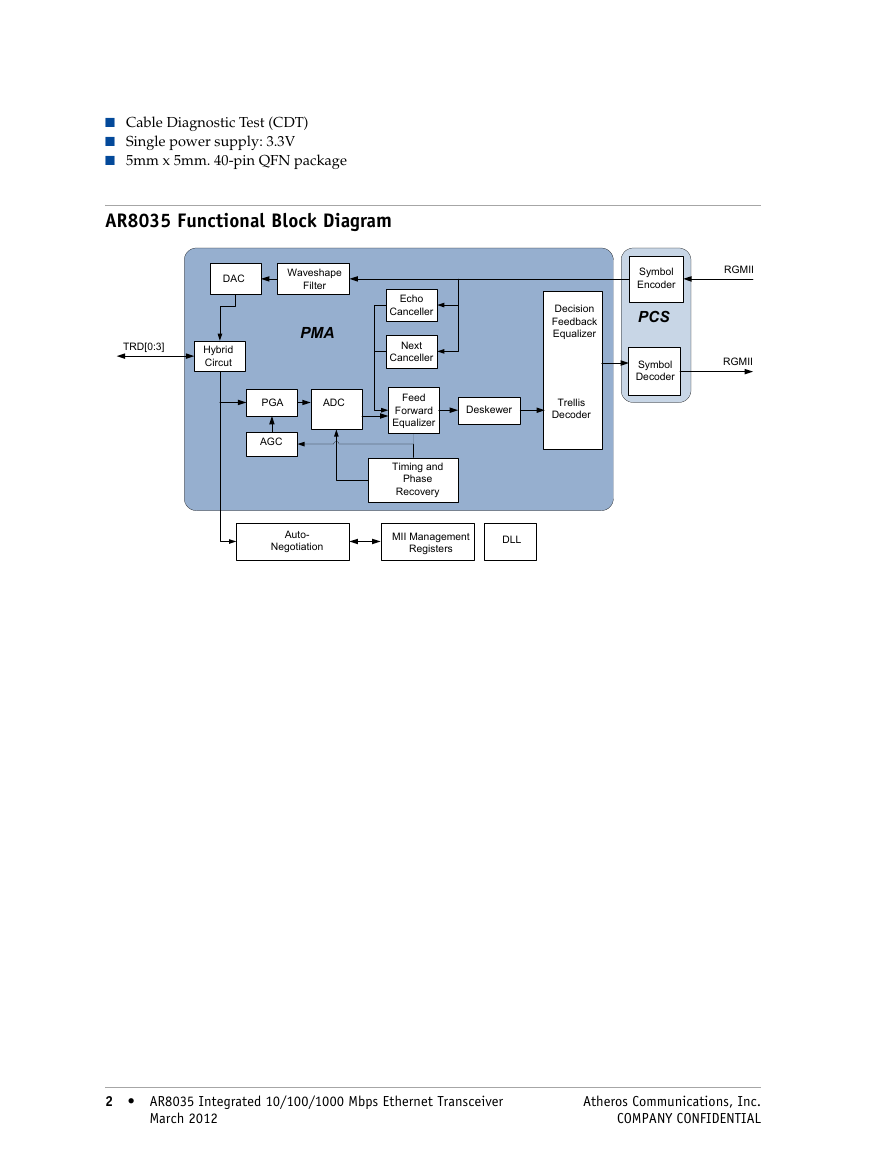
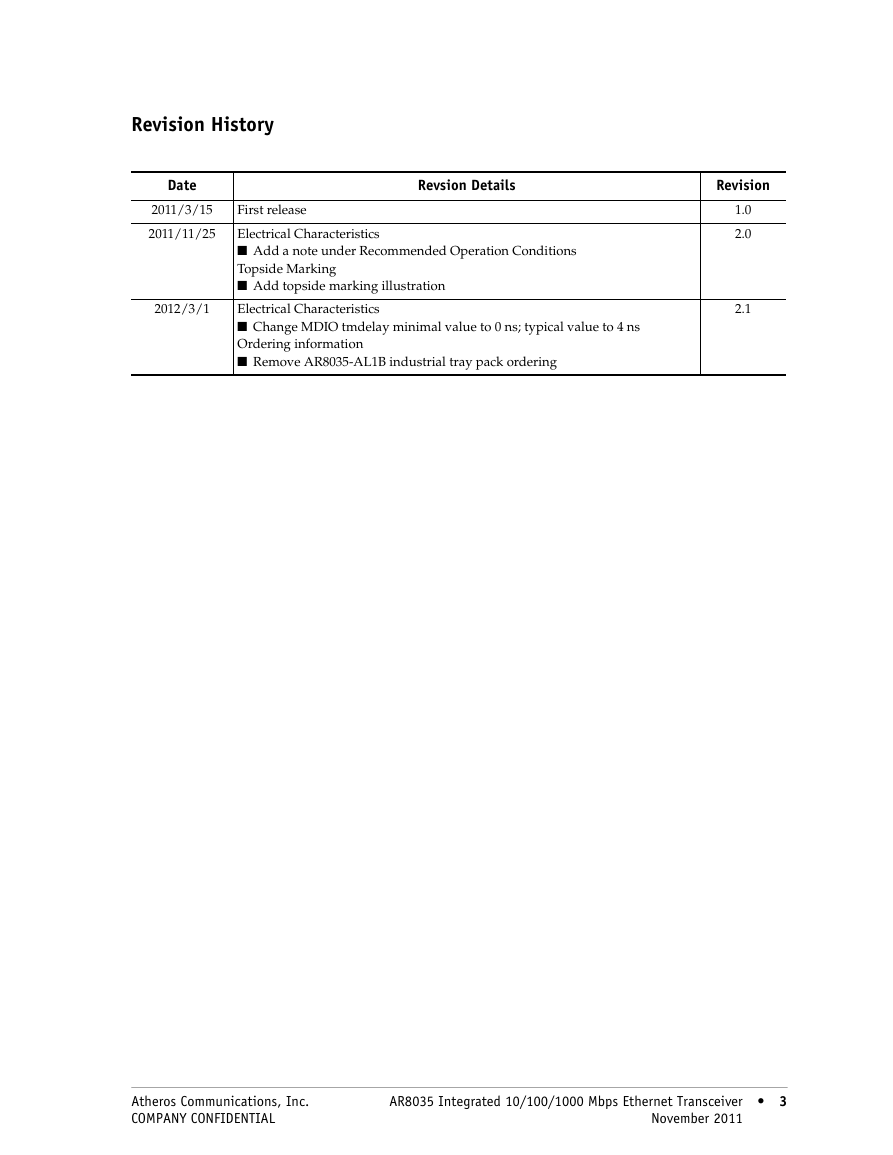

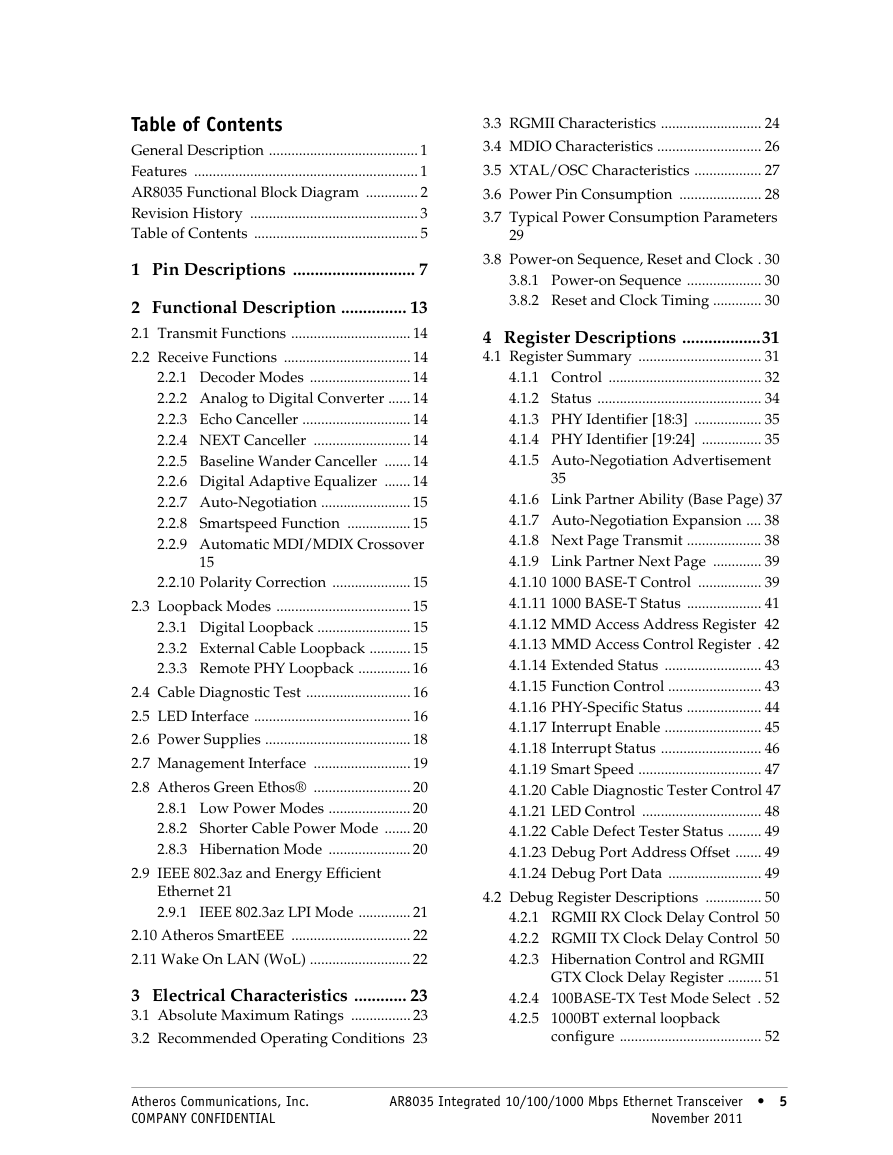
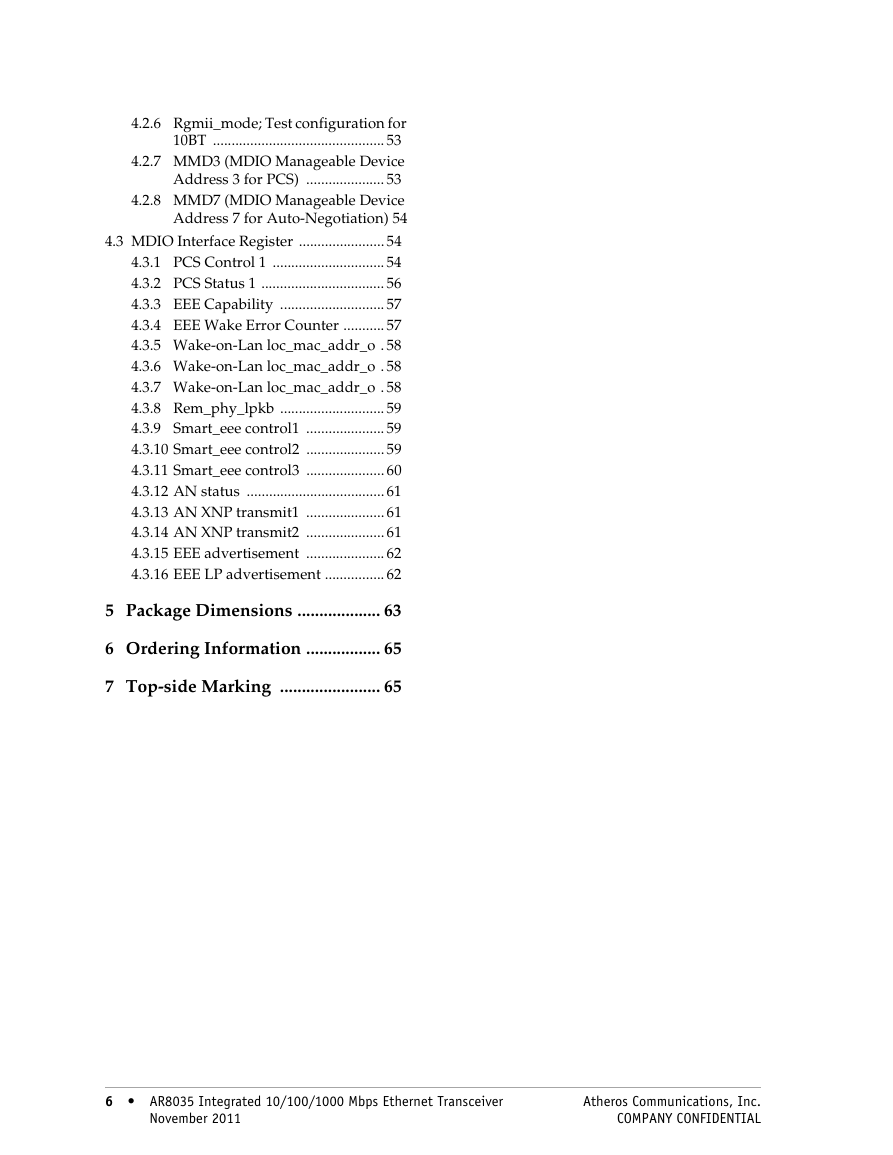
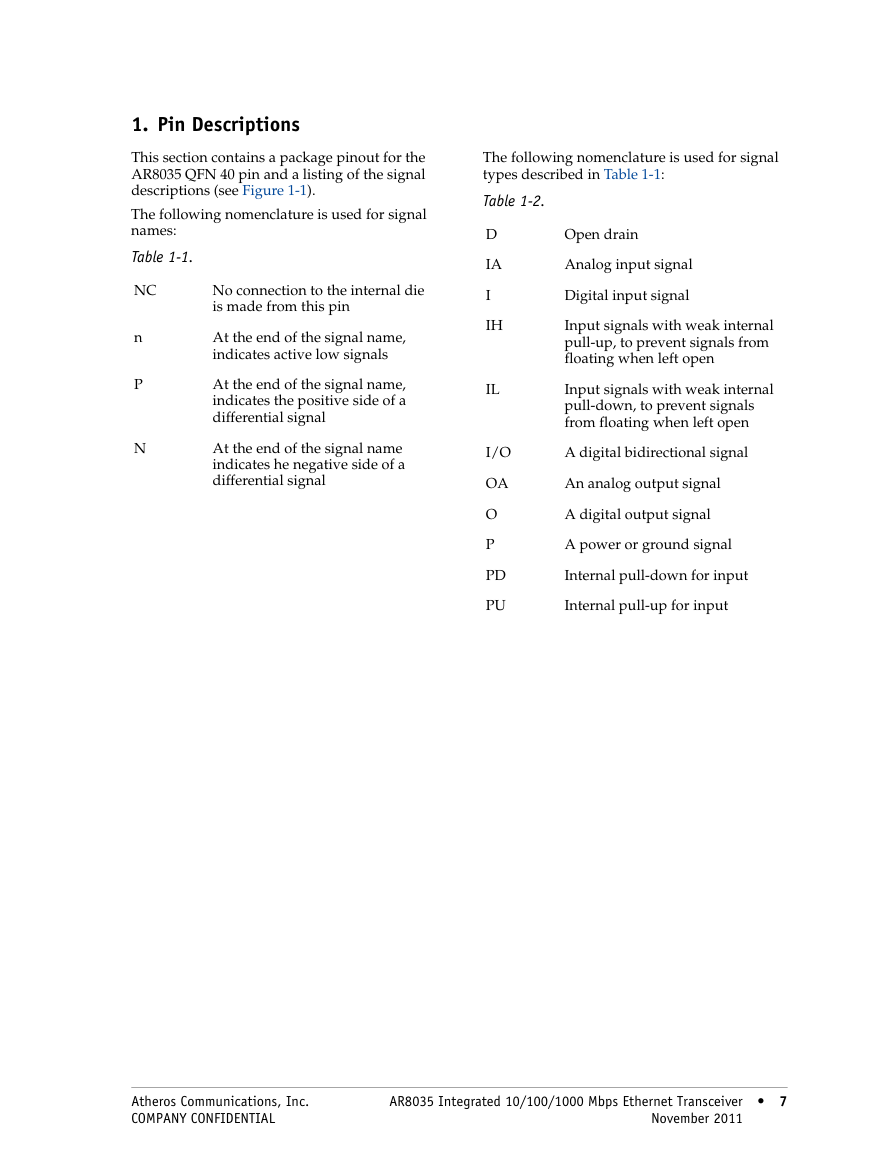
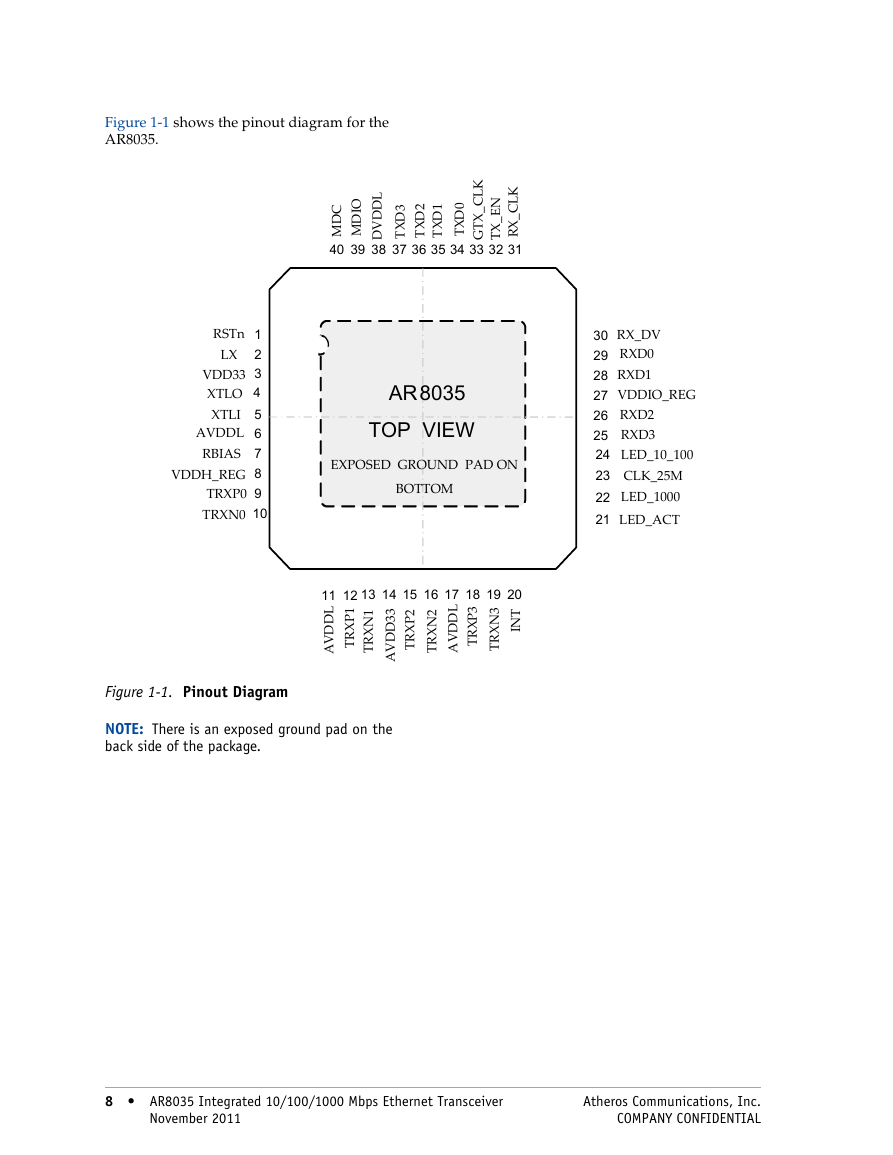








 2023年江西萍乡中考道德与法治真题及答案.doc
2023年江西萍乡中考道德与法治真题及答案.doc 2012年重庆南川中考生物真题及答案.doc
2012年重庆南川中考生物真题及答案.doc 2013年江西师范大学地理学综合及文艺理论基础考研真题.doc
2013年江西师范大学地理学综合及文艺理论基础考研真题.doc 2020年四川甘孜小升初语文真题及答案I卷.doc
2020年四川甘孜小升初语文真题及答案I卷.doc 2020年注册岩土工程师专业基础考试真题及答案.doc
2020年注册岩土工程师专业基础考试真题及答案.doc 2023-2024学年福建省厦门市九年级上学期数学月考试题及答案.doc
2023-2024学年福建省厦门市九年级上学期数学月考试题及答案.doc 2021-2022学年辽宁省沈阳市大东区九年级上学期语文期末试题及答案.doc
2021-2022学年辽宁省沈阳市大东区九年级上学期语文期末试题及答案.doc 2022-2023学年北京东城区初三第一学期物理期末试卷及答案.doc
2022-2023学年北京东城区初三第一学期物理期末试卷及答案.doc 2018上半年江西教师资格初中地理学科知识与教学能力真题及答案.doc
2018上半年江西教师资格初中地理学科知识与教学能力真题及答案.doc 2012年河北国家公务员申论考试真题及答案-省级.doc
2012年河北国家公务员申论考试真题及答案-省级.doc 2020-2021学年江苏省扬州市江都区邵樊片九年级上学期数学第一次质量检测试题及答案.doc
2020-2021学年江苏省扬州市江都区邵樊片九年级上学期数学第一次质量检测试题及答案.doc 2022下半年黑龙江教师资格证中学综合素质真题及答案.doc
2022下半年黑龙江教师资格证中学综合素质真题及答案.doc